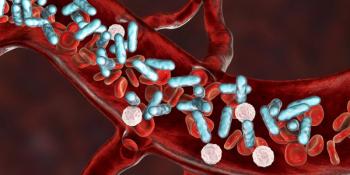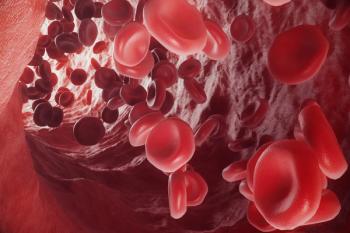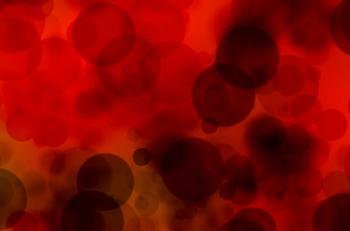
Multiple Molecular Mechanisms May Drive Responses to Investigational Prostate Cancer Treatment, Expert Says
Investigators have observed that treatment with bipolar androgen therapy has suppressed at least one oncogene in patients with castration-resistant prostate cancer who derived a response to therapy.
Bipolar androgen therapy (BAT) may effectively treat patients with castration-resistant prostate cancer, according to Laura Anne Sena, MD, PhD, a medical oncologist at Sidney Kimmel Comprehensive Cancer Center at Johns Hopkins University.
In an interview with CancerNetwork® during the
Transcript:
Bipolar androgen therapy or BAT is the use of high dose testosterone administered monthly. The result [of this treatment] is that the patient's testosterone will spike and then gradually fall over the course of 1 month. The testosterone will range from polar extremes of very high to low levels, [hence the name] bipolar androgen therapy. This therapy was designed by Sam Denmeade, MD, and John T. Isaacs of Johns Hopkins University. This is different from other standard of care therapies for prostate cancer because usually we are inhibiting androgen receptor [AR] activity and here, we're actually stimulating AR.
The trials for BAT have really been testing this therapy in patients whose cancer has progressed after castration. The reason for this is because a primary mechanism of adaptation or resistance to castration is increased activity of the AR. We think that this high AR activity presents a vulnerability now [through] exposure to high doses of the ligand testosterone in the form of BAT.
We think there are multiple molecular mechanisms that lead to growth inhibition or clinical response to BAT, but one that we have been studying recently is that BAT seems to suppress the oncogene MYC in responding patients, [which] leads to clinical response. But again, there are probably multiple negative effects of BAT that lead to response and we're studying that still.
Reference
Sena LA. Bipolar Androgen Therapy in Advanced Prostate Cancer. Presented at 2022 Society of Urologic Oncology (SUO) Annual Meeting; November 30-December2, 2022; San Diego, California.
Newsletter
Stay up to date on recent advances in the multidisciplinary approach to cancer.

















































































